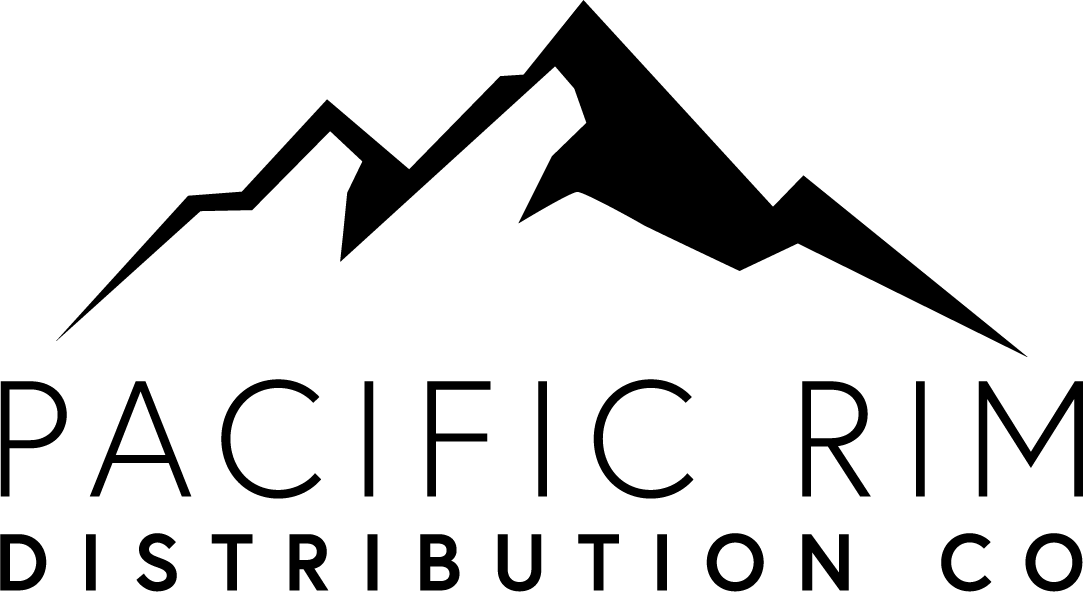PACRIM's Summary for Beer in Australia
Australia Craft Beer PACRIM Distributors
HEADLINES
In 2018 beer total volume sales fall slightly to 2.0 billion litres
Manufacturers introduce new non/low-alcohol beers to tap into consumers’ increasing health awareness
Domestic economy lager records the strongest total value growth in 2019 of 21%
Average unit price rises by 6% in current terms in 2019
Foster’s Group remains the leading player in beer with a total volume share of 41% in 2019
Over the forecast period beer is expected to post a total volume CAGR of 2% to reach sales of 2.2 billion litres in 2023
HEADLINES
Craft beer set to become increasingly prevalent over the forecast period
Craft beer is expected to become increasingly prevalent over the forecast period, with growth driven not only by rising demand for new and interesting styles of beer but also by a rise in consumer interest in the origins of different products. More and more consumers are seeking to ensure that the products they buy are beneficial to the environment and local economy and as such are keen to support small local brewers. In 2018, craft beer accounted for around 7% of total beer volume sales, a significant increase from 4% in 2015. Despite the rising popularity of craft beer, well-established beer brands are expected to remain dominant as consumers will continue to turn to brands with which they are familiar for everyday refreshment. Well-established beer brands also benefit from a wide range of SKUs, a nationwide distribution network and competitive prices.
Rising health awareness drives demand for low and non-alcohol beer
As a result of rising health awareness, more and more consumers are expected to try and moderate their alcohol consumption, with this benefiting low and non-alcohol beer. Demand for beer with a low alcohol content is expected to rise over the forecast period as more consumers seek healthier options. In line with this trend, brand owners are responding by expanding their portfolios to offer low alcohol and non-alcohol beers. Foster's Group, for example, launched its first non-alcoholic beer, Carlton Zero, in August 2018\, while in October 2018 Heineken Lion Australia launched its first low calorie, non-alcoholic beer, Heineken 0.0. Both brands are positioned to cater for consumers who want to avoid alcohol but still be able to enjoy a beer.
Foodservice brands expand their delivery menus to include beer
Over the forecast period beer is expected to become increasingly accessible through food delivery services. More foodservice brands are likely to include alcoholic drinks in their offering, creating new consumption occasions for beer by allowing brands to be seen as an alternative to soft drinks when ordering food. The fast food chain Red Rooster, for example, expanded its online delivery menu to include alcoholic drinks in October 2018 in an effort to offer its customers more variety. Prior to this, the food delivery service provider UberEATS launched an alcohol delivery service in March 2017. During its launch, the company collaborated with the well-established beer brand Carlton Draught to introduce a new canned beer brewed specifically for UberEATS’s limited time online order, Footy Feast. As takeaway food is expected to become increasingly popular over the forecast period, partnerships between beer brands and foodservice establishments to offer beer through delivery will likely increase in number.
COMPETITIVE LANDSCAPE
Foster’s Group remains the leading player in beer
In 2018, Foster's Group remained the leading player in beer, benefiting from an extensive product portfolio. The company has a strong presence in categories such as premium and mid-priced lager through its well-established brands Corona Extra, Carlton, Victoria Bitter and Carlton Draught. All of these brands rank among the top three in their respective categories. The company also benefits from the positive performance of beer brands such as Great Northern Super Crisp, which was one of the fastest growing brands in terms of volume sales in 2018, profiting from rising demand for lighter beers with a refreshing taste.
Beer continues to be a highly concentrated category
Beer in Australia continued to be a highly concentrated category in 2019, with the top three brewers - Foster's Group, Lion and Coopers Brewery – together accounting for the vast majority of total beer volume sales. All three benefit from an extensive product portfolio which allows them to operate in various beer categories. Of the three, Lion recorded the strongest increase in volume sales. The company’s ale brand James Squire performed exceptionally well, driven by rising demand for craft beers.
CATEGORY BACKGROUND
Premium lager remained the largest category in lager in 2018, benefiting from the premiumization trend, which saw a growing number of consumers open to exploring new and interesting beers. Despite the strength of premium lager, the beer category continued to be led by mid-priced lagers such as Victoria Bitter and XXXX Gold, with both benefiting from being well-established brands.
Premium - Over AUD $8.21 per litre
Mid-Priced - AUD $7.90-$8.20 litre
Economy - Under AUD $7.90 per litre

